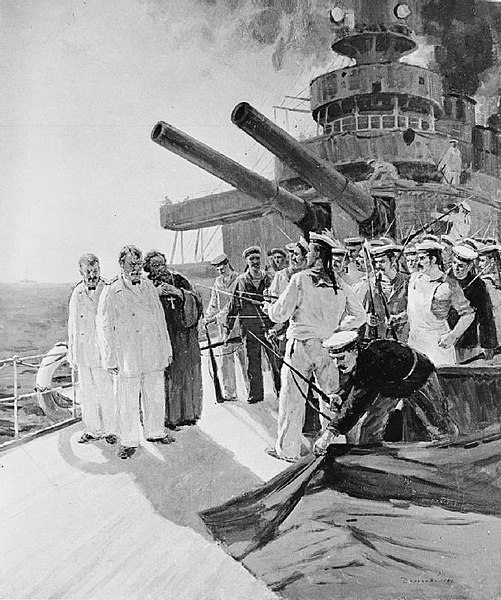Spithead and Nore mutinies
The Spithead and Nore mutinies were two major mutinies by sailors of the Royal Navy in 1797. They were the first in an increasing series of outbreaks of maritime radicalism in the Atlantic World. Despite their temporal proximity, the mutinies differed in character. The Spithead mutiny was a simple, peaceful, successful strike action to address economic grievances, while the Nore mutiny was a more radical action, articulating political ideals as well, which failed.
The Delegates in Council, or beggars on horseback, a contemporaneous caricature
Richard Parker about to be hanged for mutiny (image from The Newgate Calendar)
Death mask of Richard Parker taken shortly after he was hanged for mutiny in 1797; a fine original casting is held at the Hunterian Museum (London).
Mutiny is a revolt among a group of people to oppose, change, or remove superiors or their orders. The term is commonly used for insubordination by members of the military against an officer or superior, but it can also sometimes mean any type of rebellion against any force. Mutiny does not necessarily need to refer to a military force and can describe a political, economic, or power structure in which subordinates defy superiors.
The mutiny on the Bounty was one of the most famous instances of mutiny which took place at sea.
Artistic impression of the mutiny by the crew of the battleship Potemkin against the ship's officers on 14 June 1905.





